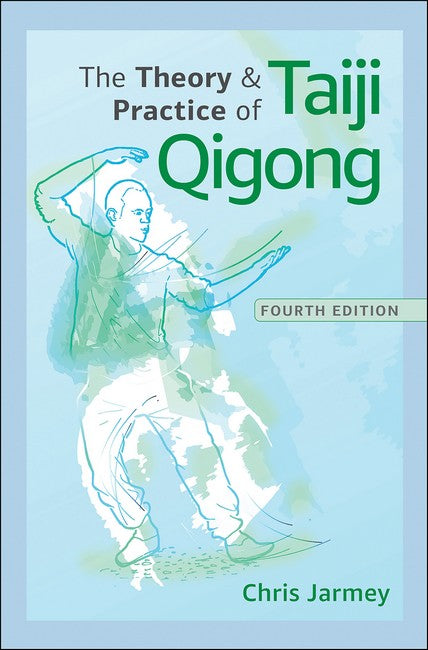The late Chris Jarmey, MCSP DS MRSS, qualified as a chartered physiotherapist in 1979 and subsequently taught body mechanics, bodywork therapy, and anatomy extensively throughout Europe for over 30 years. At the age of 11, Jarmey (1954-2008) suffered a serious cliff fall that damaged his pelvis and thoracic spine and left him with a great deal of ongoing pain and movement problems. By 18, he had begun using yoga and Qigong in his quest for healing-and successfully corrected the problem. From that moment his passion for Asian healing practices blossomed. Jarmey blended his love of Eastern methods with Western approaches and qualified as a registered physiotherapist in the United Kingdom in 1978, researching and evaluating the healing effects of yoga, shiatsu, and Qigong within NHS hospitals and medical rehabilitation centers. He founded The European Shiatsu School in 1985 and is the author of several best-selling books, including The Concise Book of Muscles and The Pocket Atlas of Skeletal Muscles.
Description
Part I. The Theory of Qi and Qigong What Is Qi? The Three Treasures More About Jing (Essence) Original Qi The Gate of Vitality More About Shen (Mind) Enriching and Utilizing the Three Treasures Through Qigong Channels of Qi Dantian Energy Points or "Qi Vortices" Along the Qi Channels Yin and Yang What Does Qigong Really Mean? The Small Circulation Part II. General Principles of Qigong Practice How Much Should You Practice? Optimum Conditions for Practice Correct Posture and Stance to Begin Refining Your Stance Breathing Methods A Note About Mental Focus A Note About Internal Effects A Note About Benefits A Note About Motivation Possible Side-Effects The Concept of Distorted Qi Part III. The 18 Movements of Taiji Qigong 1. Beginning (...Movement) 2. Opening the Chest 3. Painting a Rainbow (sometimes called "Dancing With the Rainbow") 4. Separating the Clouds 5. Arm Rolling (...in Fixed Stance) (sometimes called "Back Swinging Monkey") 6. Rowing a Boat (...in the Middle of a Lake) 7. Lifting the Ball (sometimes called "Holding a Ball in Front of the Shoulders") 8. (Turning to...) Gaze at the Moon 9. (Turning Waist and...) Pushing Palm 10. Hands in Cloud (...in Horse Stance) 11. Scooping the Sea (...and Viewing the Sky) 12. Pushing Waves (sometimes called "Playing With Waves" or "Reinforcing Waves") 13. Flying Dove (...Spreads its Wings) 14. Charging Fists (...With Outstretched Arms) 15. Flying Wild Goose 16. Spinning Wheel 17. Bouncing a Ball (...While Stepping) 18. Calming Qi (sometimes called "Balancing Qi" or "Pressing the Palms for Calming") Summary of Exercises Quick Reference Chart

